

3D printing is an emerging technology in the manufacturing sector, often referred to as a “manufacturing technology with industrial revolution significance.” In recent years, with advancements in industrial technology, 3D printing technology has rapidly developed and gained widespread media attention, with various 3D printing technologies being reported. Faced with numerous 3D printing technologies, are you feeling a bit overwhelmed? No worries, below the editor has organized some technical information related to 3D printing, vividly presenting its principles with images and text, bringing the lofty 3D printing technology down to earth!
Metal 3D printing technology can be directly used for the rapid prototyping of metal parts, with broad industrial application prospects, and is a key 3D printing technology developed both domestically and internationally. Below, the editor will share five major technologies related to the principles of 3D printing in polymers: SLA, CLIP, 3DP, PolyJet, FDM and five major technologies related to the principles of metal 3D printing: NPJ, SLM, SLS, LMD, EBM.
1
Five Major Technologies of 3D Printing Principles in Polymers
1
SLA (StereoLithography)
SLA (StereoLithography) refers to a light curing forming technology, which uses ultraviolet light to irradiate liquid photosensitive resin to initiate a polymerization reaction, curing layer by layer to generate a three-dimensional entity. The parts produced by SLA have high dimensional accuracy and is one of the earliest commercialized 3D printing technologies.
The following is the SLA process engineering:

Ultraviolet Laser Source
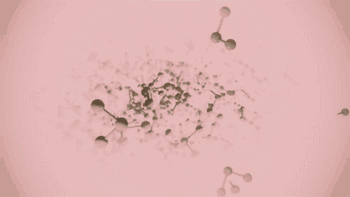
Light Curing Reaction
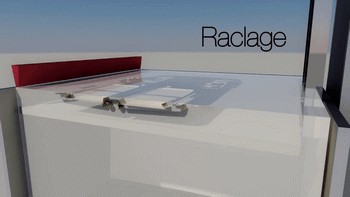
Layer-by-Layer Scanning Formation
2
CLIP (Continuous Liquid Interface Production Technology)
CLIP (Continuous Liquid Interface Production Technology) is a revolutionary 3D printing technology developed by Carbon 3D based on SLA technology, which increases the speed of 3D printing by 100 times!
CLIP projects from the bottom, curing the photosensitive resin, while the uncured part is stabilized in a liquid state by controlling oxygen, forming a dead zone that inhibits the light curing reaction, thus ensuring the continuity of curing.
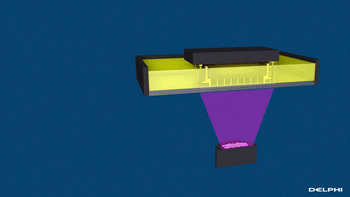
Light Curing Reaction
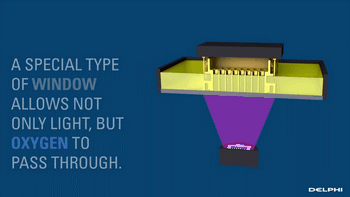
Oxygen Inhibiting the Light Curing Process
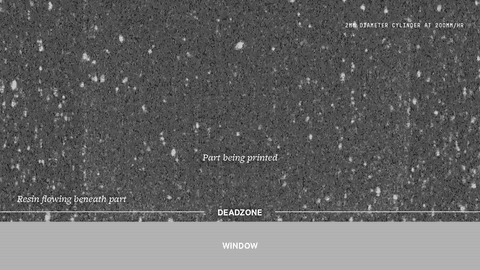
Demonstration of Light Curing Dead Zone


CLIP Forming Process
3
3DP (Three-Dimensional Printing)
3DP (Three-Dimensional Printing) is a rapid prototyping technology that is similar to traditional two-dimensional inkjet printing, where a binder (colored binder can produce colored parts) is sprayed from the nozzle to bond the powder on the platform into shape, usually using gypsum powder as the forming material. Currently, 3DP technology is mainly applied in two areas: full-color 3D printing and sand mold casting.
The following is the process of sand mold casting using 3DP technology by Exone:

Binder Spraying
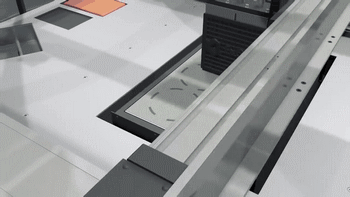
Heating and Curing
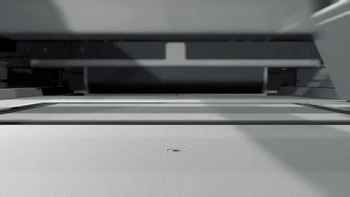
Printing and Forming
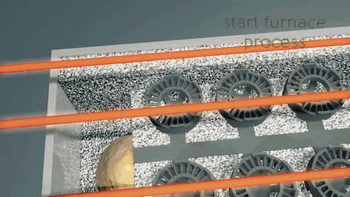
Casting and Forming
4
PolyJet
PolyJet refers to polymer jetting technology, whose forming principle is similar to 3DP technology, but instead of a binder, it sprays photosensitive resin, which is cured after spraying through ultraviolet light.
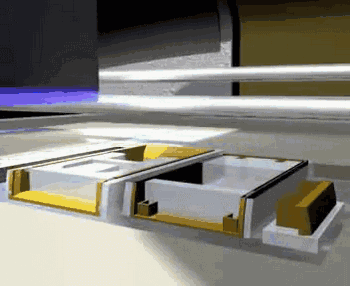
PolyJet Forming Principle
PolyJet uses an array of nozzles, allowing it to simultaneously spray different materials, achieving multi-material and multi-color printing.

Array Nozzle Working Process
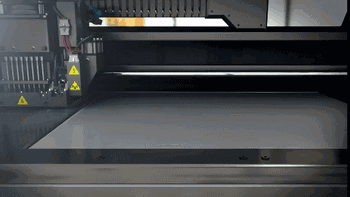
PolyJet Printing Process
5
FDM(Fused Deposition Modeling)
FDM (Fused Deposition Modeling) refers to fused layer deposition technology, which melts materials at high temperatures, extruding them through the print head into filaments, and stacking them on the component platform to form. FDM is the simplest and most common 3D printing technology, usually applied in desktop-level 3D printing devices..
The following is the working principle of FDM technology:

Model Processing
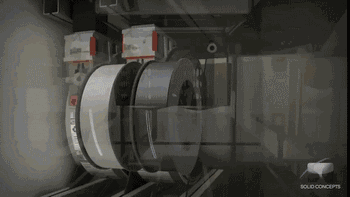
Material Extrusion Forming
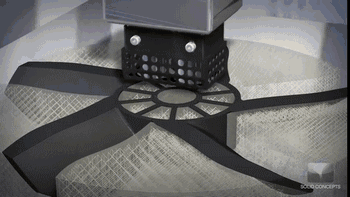
Layer-by-Layer Printing Process
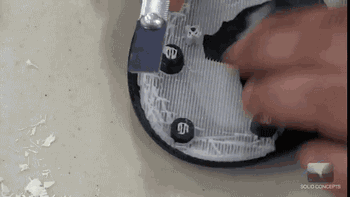
Removing Support

Surface Treatment
2
Five Major Technologies of Metal 3D Printing Principles
1
NPJ (Nano Particle Jetting)
NPJ technology is the latest metal 3D printing forming technology developed by the Israeli company Xjet. Compared to ordinary laser 3D printing, it uses nano liquid metal and deposits it in a inkjet manner, with a printing speed five times faster than ordinary laser printing and has excellent precision and surface roughness.
The following is the working process of Xjet equipment:
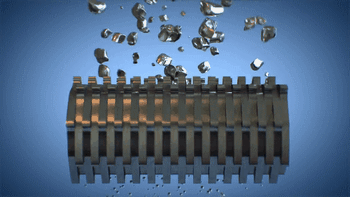
Metal Particle Refinement
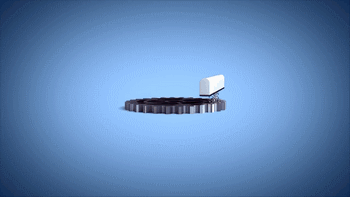
Metal Particles Distributed in Droplets
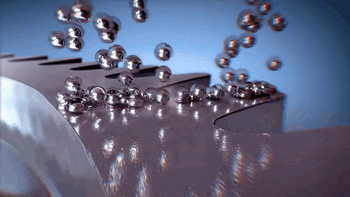
Droplet Jetting Forming Process
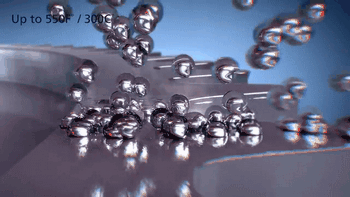
Liquid Phase Discharge Process

Sintered Parts
2
SLM (Selective Laser Melting)
SLM refers to selective laser melting forming technology, which is currently the most common technology in metal 3D printing, using finely focused laser spots to rapidly melt pre-set metal powder, directly obtaining parts with any shape and complete metallurgical bonding, achieving a density of over 99%.
The laser scanning system is one of the key technologies of SLM. The following is a working diagram of the scanning system from SLM Solution:
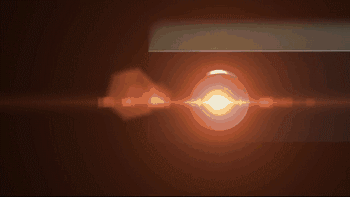
Laser Emission
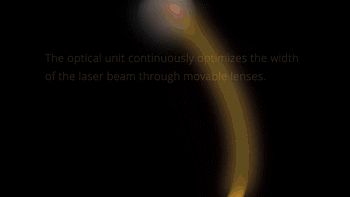
Laser Transmission

Scanning Galvo
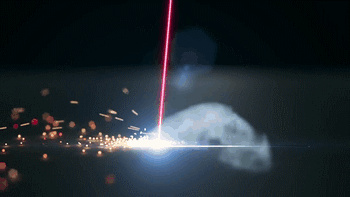
Laser Scanning Melting
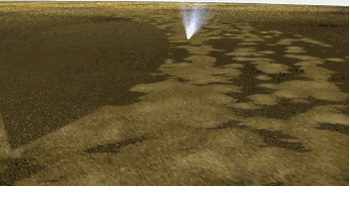
Metal Powder Melting Process
During the metal 3D printing process, due to the complexity of the parts, support materials are usually required. After the parts are completed, the supports need to be removed, and the surface of the parts needs to be treated.

Removing Parts
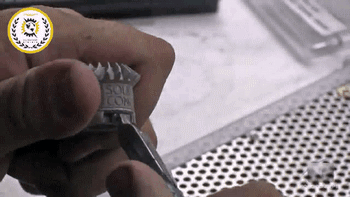
Removing Supports

Grinding and Post-Processing
3
SLS (Selective Laser Sintering)
SLS refers to selective laser sintering forming technology, which is similar to SLM technology, with the difference being the laser power. It is usually used for 3D printing and forming of polymer materials.
The following is the process of preparing plastic parts using SLS:

Model Layer Slicing

Laser Sintering Process
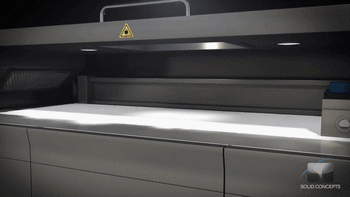
Removing the Parts

Post-Processing
SLS can also be used to manufacture metal or ceramic parts, but the density of the resulting parts is low and requires post-densification treatment before use.
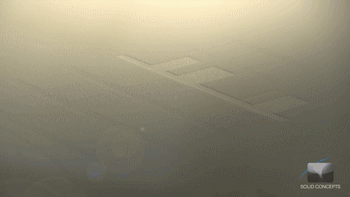
SLS Manufacturing Metal Parts
4
LMD (Laser Metal Deposition)
LMD refers to laser cladding forming technology, which has many different names, as various research institutions have independently studied and named it. Common names include:LENS, DMD, DLF, LRF, etc. The biggest difference from SLM is that the powder is gathered to the working table through a nozzle and melted at a single point with the laser, forming a stacked cladding entity after cooling.
The following is the working process of LENS technology:

Coaxial Powder Feeding

Building Process
5
EBM (Electron Beam Melting)
EBM refers to electron beam melting technology, whose process is very similar to SLM, with the difference being that EBM uses electron beams as its energy source. The output energy of EBM’s electron beam is usually an order of magnitude greater than SLM’s laser output power, and the scanning speed is also much higher than SLM. Therefore, during the building process, it is necessary to preheat the entire modeling platform to prevent excessive temperature during the forming process, which can lead to significant residual stress.
The following is the EBM working process:
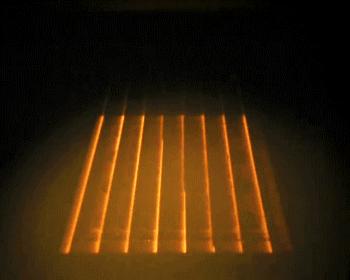
Overall Preheating
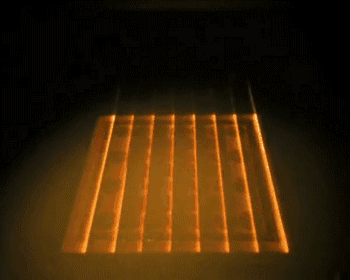
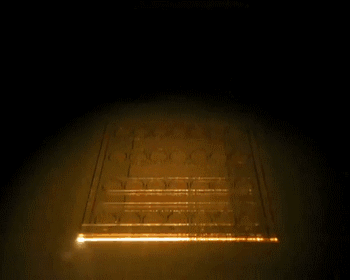
Forming Process
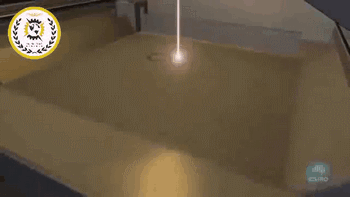
Changes of Powder During Melting
After looking at these, you should understand that the development of science and technology is accelerating. Will various things be manufactured using 3D technology in the future, such as housing or even organs?
There are two outstanding characteristics of 3D printing: first, it eliminates the need for molds, and second, the manufacturing cost is insensitive to the complexity of the design. The elimination of molds makes 3D printing suitable for producing circular products, trial parts, spare parts, personalized customization, part repair, medical implants, surgical guides, dental products, headphones, and other small-batch personalized products. In contrast, traditional manufacturing processes incur very high costs if the product design is overly complex. 3D printing is more sensitive to the material costs it occupies, while being insensitive to the complexity of the design, meaning that 3D printing is suitable for manufacturing complex-shaped products, including integrated structures, biomimetic designs, irregular structures, lightweight lattice structures, thin-walled structures, gradient alloys, composite materials, and metamaterials.
Photographer Platon Antoniou once asked Hawking a question while photographing him: “Can you give me one word to express what you want to say to the world?” Hawking typed out his message: “wow!” Even though he spent his life confined to a wheelchair, he still found the world to be astonishing and worthy of love.
Hawking is mentioned because as we focus on the value that 3D printing can create for humanity, our sentiment is just: “wow.”
Currently, 3D printing is either overlooked or overly exaggerated. It is hoped that people can objectively and clearly understand the “wow” of 3D printing through some means. Regardless of your industry or specialty, as long as it relates to manufacturing, you will find that you cannot escape 3D printing. With this insight, you will be able to keep yourself informed.
So, whether you are a student in school, whether you are learning about 3D printing-related knowledge, whether you are in management or technical personnel in the manufacturing industry, whether your company has already used 3D printing technology. This book “3D Printing and Industrial Manufacturing” will unveil the mysteries of value creation in 3D printing for you, allowing you to understand the value of 3D printing from an application perspective, not only establishing a global view of the development of 3D printing but also keenly capturing the connection point between 3D printing and applications. Then, you can selectively supplement the knowledge you need, including materials, machinery, software, inspection, post-processing, laser processing, etc., from which you will benefit.
It is hoped that this book will become a must-read bible for the 3D printing industry! Helping the industry to explore more “wow” moments in 3D printing that are worth admiration and love, this will be our shared journey!
——Excerpt from the preface of “3D Printing and Industrial Manufacturing”
Related Books
Click Image to Purchase
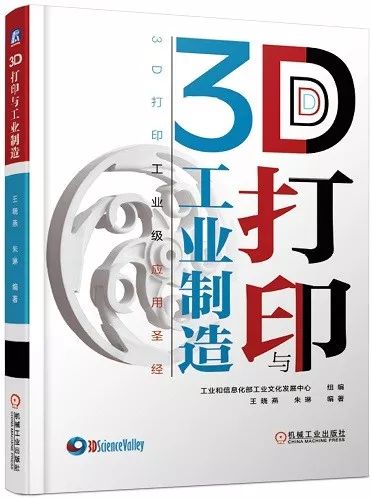
Book Title: 3D Printing and Industrial Manufacturing
Author: Industrial Development Center of the Ministry of Industry and Information Technology, Wang Xiaoyan, Zhu Lin
ISBN: 978-7-111-61729-7

GIF Source: New Materials Online

Mechanical Engineering Education (WeChat ID: cmpedu) The WeChat public service account is hosted by the Mechanical Industry Press, dedicated to “spreading new knowledge and serving education,” providing free services such as textbook resource downloads, sample book applications, teacher training, topic publishing, and educational information for college teachers.

If you find it beautiful, please click here↓↓↓